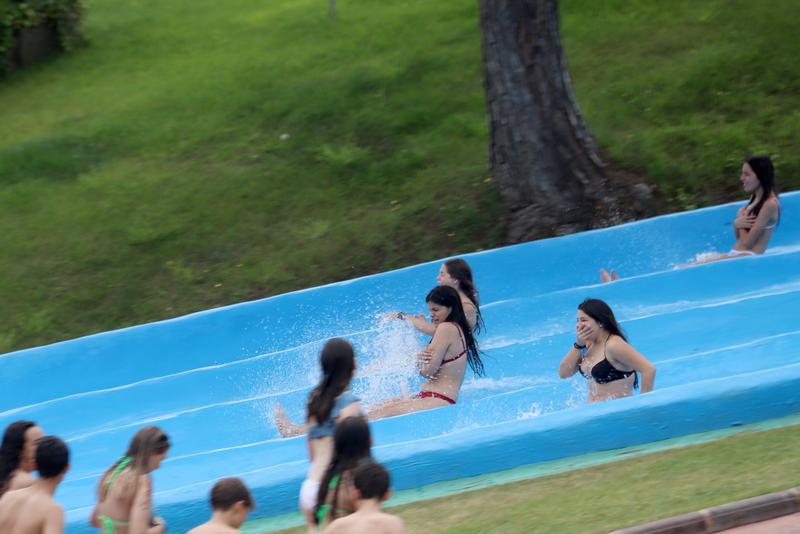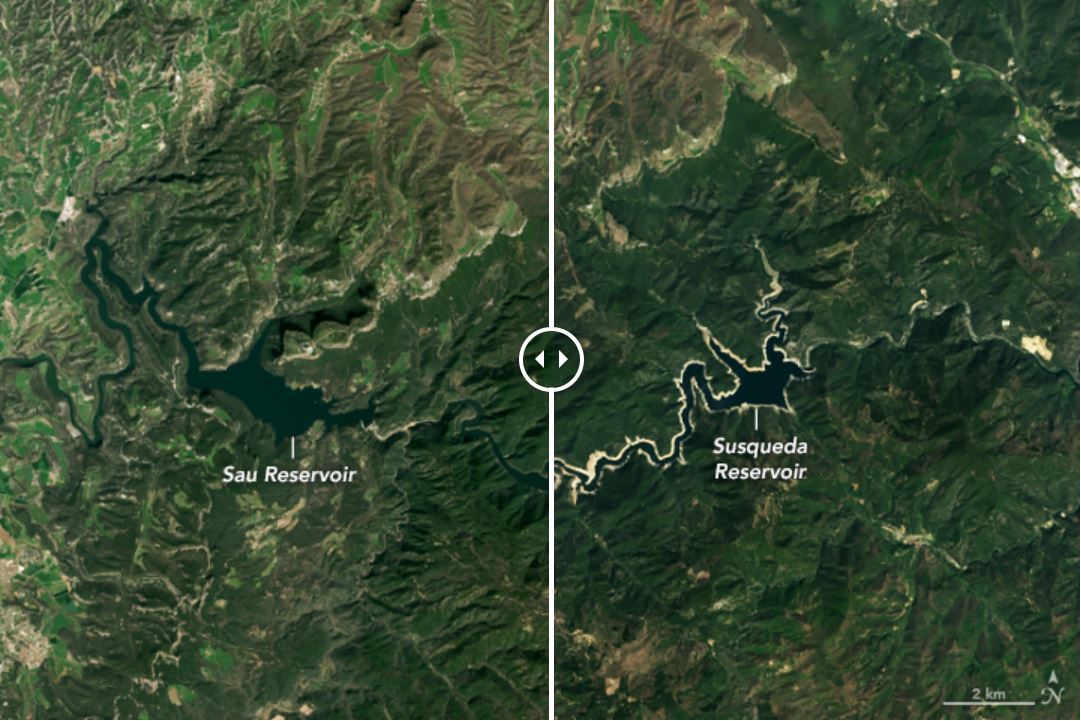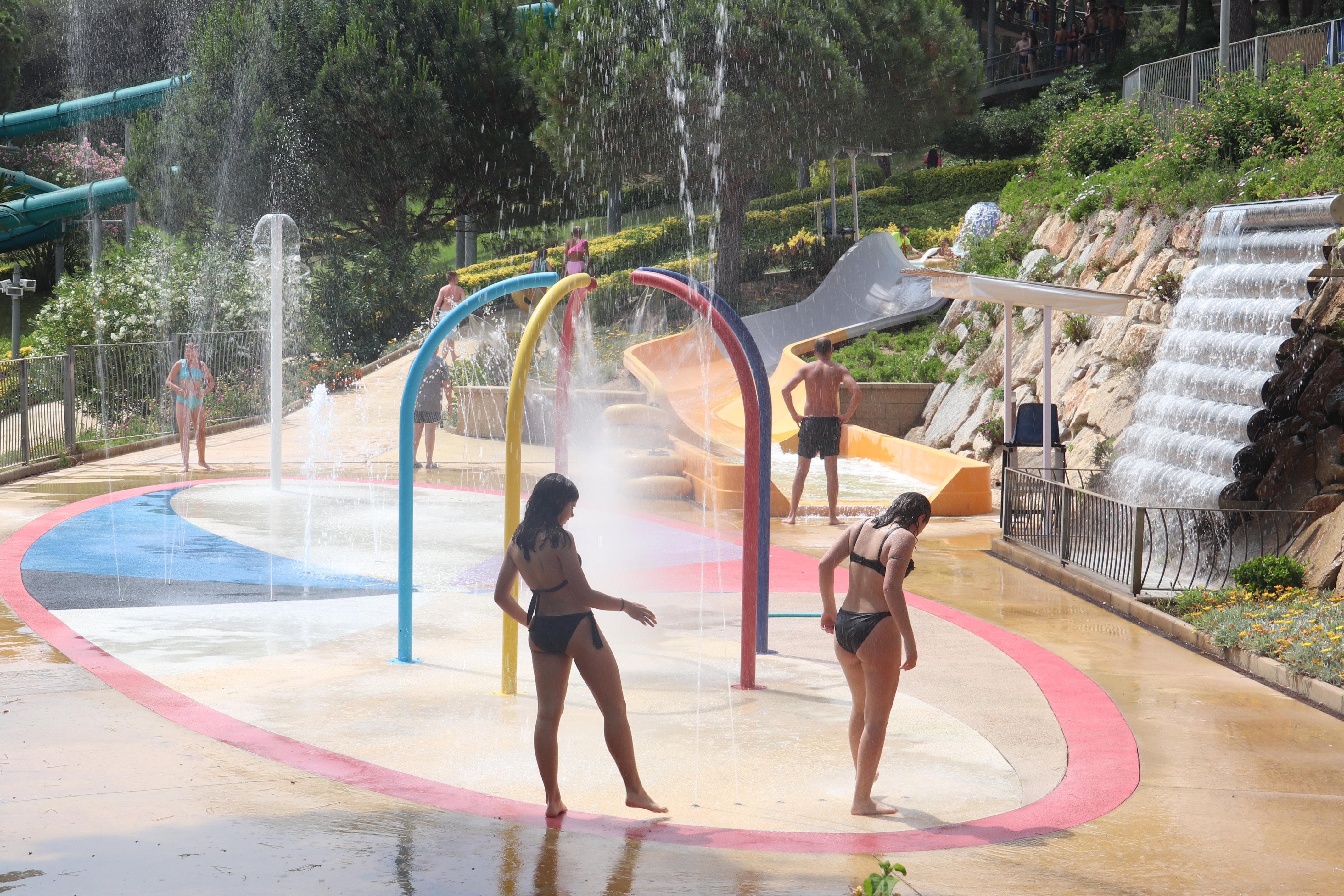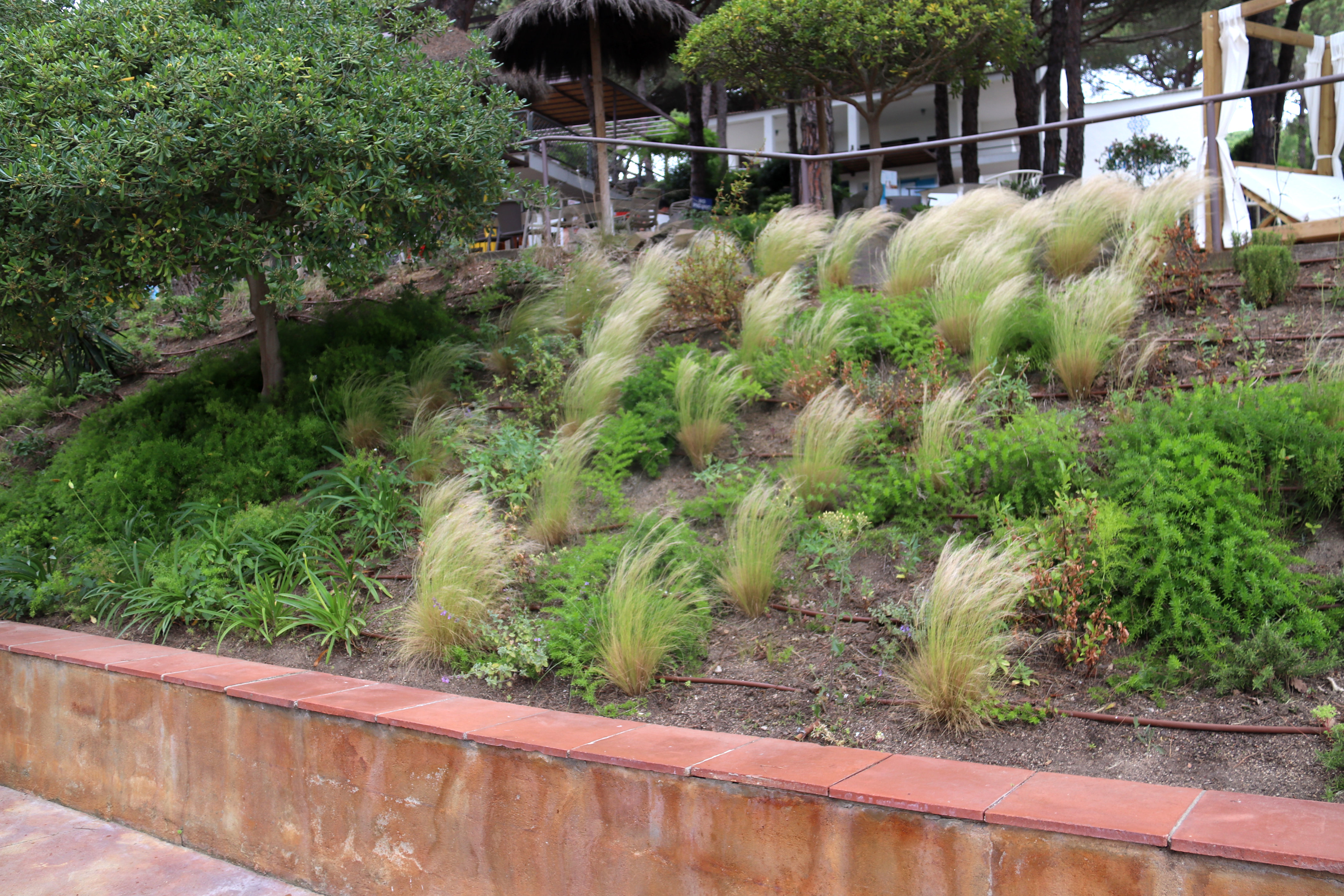Drought in Catalonia forces water parks to watch their water consumption
Many changes made in past three years to alleviate strain of water usage

The drought in Catalonia is not a recent development. In fact, it has been going on for over the past two years, making it the longest drought that Catalonia has seen in decades.
In 2021, the NASA Earth Observatory noted that while other regions of Spain have experienced drought, Catalonia has been hit exceptionally hard as “over March and April, the region has received only about 14% of expected rainfall based on 2009-2021 averages.” 2022 was the driest year on record since 1950.

Restrictions have been in place by the Catalan government to help curb water usage. In a recent campaign, they warned that without changes to water consumption, a state of emergency will have to be announced in Catalonia by the end of the summer.
The campaign launched in June with the slogan: 'Water does not fall from the sky. Saving it is everyone's business.'
How is this affecting waterparks?
Catalan waterparks have certainly been making it their business as well.
Although the parks are typically closed circuit facilities and "practically 94% of the water is the same all season," Julià López-Arenas, the director of the parks WaterWorld (Lloret de Mar) and Aquadiver (Platja d'Aro) along the Costa Brava, has been working to reduce water consumption even more over the last few years.

How is water consumed?
At the beginning of the season, 42% of the initial volume of water comes from their own tanks along the Costa Brava. López-Arenas aims to increase the amount of water from their own wells to avoid having to draw from the public network.
A small amount of new water is added each day to make up for water lost from people splashing on the rides and to keep in line with health standards.

The majority of the water that the waterparks consume is not used on the rides, but to keep plants, flowers and grass around the park looking healthy. This is difficult in the blazing summer sun, so the team had to come up with a variety of alternatives to cut down on the water usage without sacrificing the aesthetic of fresh vegetation.
They are gradually replacing sprinklers with drip irrigation, and back in 2018, they decided to change the kind of vegetation from more colorful flowering plants to plainer local plants that require less water.
Aquadiver and Waterworld have also decreased their amount of ornamental grass. This combination of actions resulted in the Costa Brava parks saving 20,000 m3 of water in three years.
But Aquadiver and WaterWorld are not alone in this battle. Aquabava in Roses, also on the Costa Brava, is feeling the force of the drought and has been using water from its own wells since 1987.
The park employs a water recycling system to irrigate grass and garden areas, taking the water used to clean the pools and letting it sit in the sun so the chlorine evaporates off it. Like the other two Costa Brava water parks, native vegetation is planted with the addition of an adapted lawn that consumes less water.


